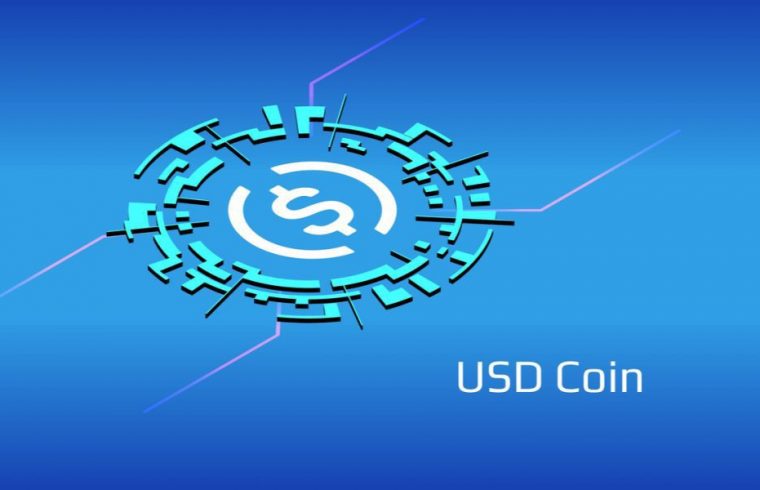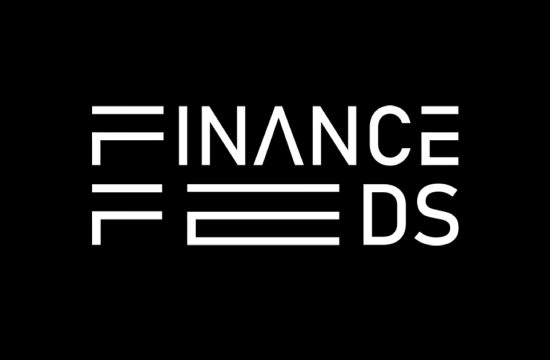“CCTP helps to solve today’s DeFi liquidity and capital inefficiency issues due to the risks and fragmented nature of bridged assets. With CCTP, developers can simplify the user experience and their users can trust that they are always transacting with a highly liquid, safe and fungible asset in native USDC. This milestone makes USDC a natively multi-chain digital dollar.”

Circle has announced the mainnet availability of Cross-Chain Transfer Protocol (CCTP) for developers building on Ethereum and Avalanche.
The CCTP is a permissionless protocol that enables USDC to flow natively across supported chains, which results in an upgrade in interoperability, security, liquidity, and simplified user experience.
By embedding CCTP, apps can allow users to “burn and mint” USDC natively for a “teleport” effect from one blockchain to another. The protocol is believed to provide a more secure and capital-efficient way to transact with USDC in an increasingly multi-chain environment because it avoids the complications and risks of traditional “lock and mint” approaches.
“CCTP helps to solve today’s DeFi liquidity and capital inefficiency issues”
Joao Reginatto, VP of Product at Circle, said: “In our pursuit of building the best dollar protocol on the internet, Cross-Chain Transfer Protocol gives USDC native interoperability across Web3. CCTP helps to solve today’s DeFi liquidity and capital inefficiency issues due to the risks and fragmented nature of bridged assets. With CCTP, developers can simplify the user experience and their users can trust that they are always transacting with a highly liquid, safe and fungible asset in native USDC. This milestone makes USDC a natively multi-chain digital dollar.”
Circle stated that CCTP will help unify liquidity around native USDC in Web3 and solve fragmentation issues caused by multiple, unofficial bridged versions of USDC floating around the ecosystem. The protocol allows customers to send and receive USDC without needing to know which blockchain their USDC lives on.
CCTP opens door to consumer-scale Web3 apps
CCTP is believed to play a major role in moving infrastructure and complexity to the background and providing a path for developers to create consumer-scale Web3 apps. Developers building on top of CCTP can stack key capabilities together, such as trading, lending, payments, gaming and more to simplify UX and deliver new mainstream use cases to their users.
CCTP-powered apps can enable users to carry out various cross-chain transactions with USDC such as – digital asset swaps (e.g. ETH on Ethereum for AVAX on Avalanche), make deposits on a decentralized exchange with USDC sourced from another chain, or seamlessly purchase NFTs across chains.
CCTP provides builders with a secure way to programmatically burn and mint USDC within their apps. Here’s how it works:
- Initiate a transfer on a source chain: A user accesses an app to initiate a transfer of USDC from one blockchain to another and specifies the recipient wallet address on the destination chain. The app facilitates a burn of the specified amount of USDC on the source chain;
- Fetch a signed attestation from Circle: Circle observes and attests to the burn event on the source chain. The app requests the attestation from Circle, which provides authorization to mint the specified amount of USDC on the destination chain;
- Complete the transfer on the destination chain: The app uses the attestation to trigger the minting of USDC. The specified amount of USDC is minted on the destination chain and sent to the recipient wallet address.
Several of the largest multi-chain apps, wallets, bridges, and messaging protocols are already live with CCTP on mainnet, including: Celer, Hyperlane, LayerZero, LI.FI, MetaMask, Multichain, Rarimo, Router, Socket, Wanchain, and Wormhole. CCTP is expected to expand to additional chains in the second half of 2023.









